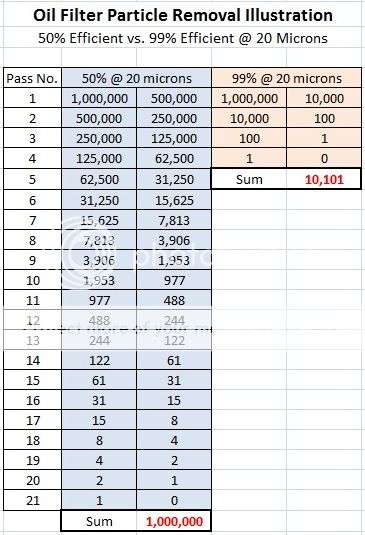Originally Posted By: bullwinkle
Originally Posted By: 901Memphis
Imagine how long those older Hondas could have gone if they had Ultras way back then? Probably a million miles from every one.
Same distance they went (in my experience/in our area), until they got totaled or the body rusted off of them!
True that. And, Million Mile Joe used Honda OEM blue cans only. Everyone now knows how efficient they are.
Originally Posted By: 901Memphis
Imagine how long those older Hondas could have gone if they had Ultras way back then? Probably a million miles from every one.
Same distance they went (in my experience/in our area), until they got totaled or the body rusted off of them!
True that. And, Million Mile Joe used Honda OEM blue cans only. Everyone now knows how efficient they are.




